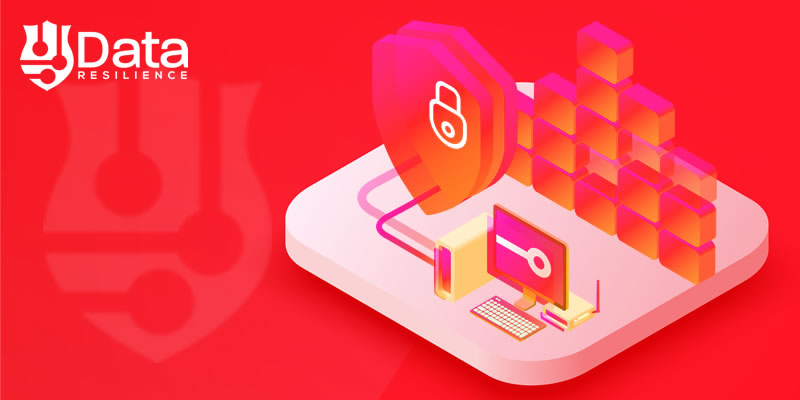Personal Data is priceless and hackers keep no stone unturned in gaining data and using it for their selfish means. As technology and data collection falls over itself with inventions and best practices in procuring these humongous data clusters, can hackers be far behind. As customers, we all share a unified responsibility in helping protect user data. Customers are the strong link in the data chain and they need to harness data in a more safe and secure way.
Cyber security is a very challenging topic that from the very beginning sounds more complicated than it is in reality. This guide sets out on explaining terms that are complicated. In the pursuit of simplifying the technological garbled words that will make sense once the guide defines it word for word, you will be onto the path of mastering the language of cyber security.
Authentication:
Authentication is a verifying process to prove that you are who you claim to be. The user name, passwords and customer ID all point to you as being the person with these set of data and the photograph all match. 2FA or 2 factor authentication is another authentication factor for improving data security.
Backup:
A backup refers to a storage area where data is transferred to a secure storage location like a cloud storage or an external drive. Backups help you retrieve your data in original condition in case of a cyber attack or system crash.
Data Breach:
A data breach refers to the moment a hacker gains unauthorized access or entry to a company’s data or an individual’s data.
Digital Certificate:
A digital certificate is an identity certificate or public key certificate that is a pass-code to securely transmit data over the internet. It essentially is a digital file embedded in a device or piece of hardware that provides authentication when it sends and receives data from another server.
Encryption:
Encryption is the process of using codes to encrypt data. Once encrypted, data resembles pure gibberish and is visible in its earlier understandable form only when the packet is encrypted at the receivers end.
HTTP and HTTPS:
Both are communication protocols that are used to send data between you and the server. HTTP is how web browsers communicate. The S in HTTPS stands for security. Today nearly all the websites use HTTPS to improve upon data privacy.
Types of Cyber Attacks:
- Brute Force Attacks
- Distributed Denial of Service Attacks
- Malware Attacks
- Phishing Attacks
A cyber attack is a pervasive and harmful attack out to destroy the privacy of an individual by compromising on user data within secure codes of intent.
Cyber Attacks are committed by hackers external to the system with malicious intent of securing or obliterating private data. A cyber attack could also be committed by an organizational employee accidentally compromised. Most are ransomware attacks to steal money. There are five types of cyber attacks explained here:
Brute Force Attack:
A brute force attack or credential guessing attack is an attack where the culprit guesses at random the password from past data breaches and attempts to strike it rich with one of his guesses. The attacker is successful when users use weak passwords in their portals which becomes very simple to compromise.
Distributed Denial of Service Attack (DDOS):
This is when a hacker floods a network with messages, requests or web traffic and cripples the network in question. This is usually done using botnets.
Malware Attack:
Malware Attack is all types of cyber attacks that hackers use to penetrate computer networks in order to gain private data. Types of Malware Attack includes
- Keyloggers
- Ransomware
- Spyware
Phishing Attack:
A phishing attack is a common type of cyber attack when the culprit con the user into doing something. Phishing attack can take the air of a seemingly innocuous download link or a message.
For more information, visit www.dataresilience.com.au or drop us a note at [email protected]


